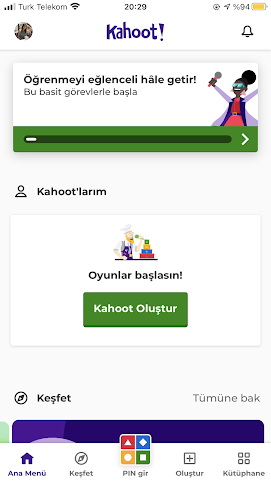Types of Presence
Hello to you all! In this post we are going to learn what types of presence are. Let's begin!
According to research on the Community of Inquiry model (Garrison, Anderson, Archer 2000), the most important variable in teaching and learning effectiveness and satisfaction is your presence and participation with your students! What does it mean to be present? “Being there” is the simplest description.
The Community of Inquiry research sheds light on the actions and behaviors that underpin that clear and simple practice. Three dimensions of presence were postulated by Garrison, Anderson, and Archer: social, teaching, and cognitive.
Social Presence: Planning for social presence is one of the best strategies to ensure a successful launch of an online course. Faculty and students create social presence by “projecting their own characteristics into the dialogue so that they become ‘real people.'” Sharing personal traits aids the social trust-building process by creating the foundation for cognitive trust, which is required for open and serious content dialogues. Initial get-to-know-you posts and accompanying notes about common or similar experiences, such as families, backgrounds, work experiences, pets, and favorite drinks, cuisine, and music, help to create community relationships.
Teaching Presence: What is a good definition of presence in the classroom? Simply expressed, teaching presence refers to the preparation and execution of teaching activities before to and during the course term. In an online course, there are two basic categories of teaching direction.
1. All course materials, such as the syllabus, concept introductions, reading and discussion selections, assignments, assessment strategies, and a bibliography of mandatory and suggested resources, are prepared before the course begins.
2.All of the monitoring, guiding, questioning, and shaping of a course's learners' expanding knowledge.
In conclusion, the course materials and design reflect the presence of the teacher. And the faculty member's teaching presence is evident in all he or she does to guide, support, and influence the learners' experiences. Setting explicit expectations and providing supporting advice are two behaviors that enable successful teaching presence, always with the objective of attaining defined course goals.
Cognitive Presence: What is cognitive presence, and how does it work? The “extent to which the professor and the students are able to generate and reinforce meaning through sustained discourse (discussion) in a community of inquiry” is characterized as cognitive presence. Another way to define cognitive presence is to compare it to social presence, however instead of connecting based on personal qualities, you want your learners to connect based on their ideas, thoughts, and beliefs, as well as cultural influences. Your mind becomes “real” to your students, and you gain insight into their inner workings and knowledge structures.
See you in the next post!




Yorumlar
Yorum Gönder